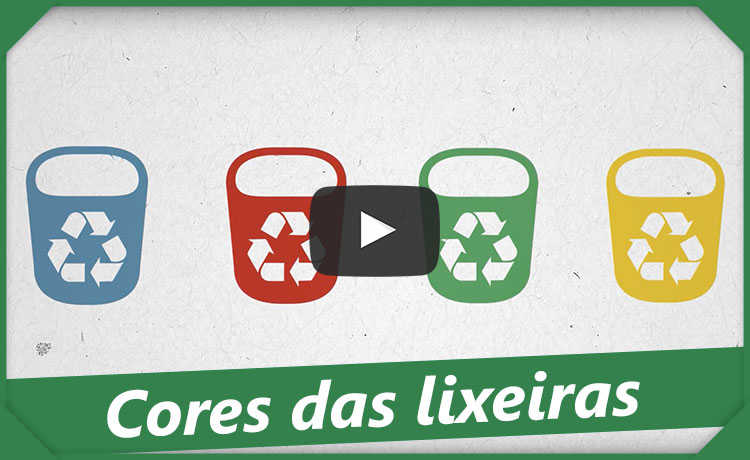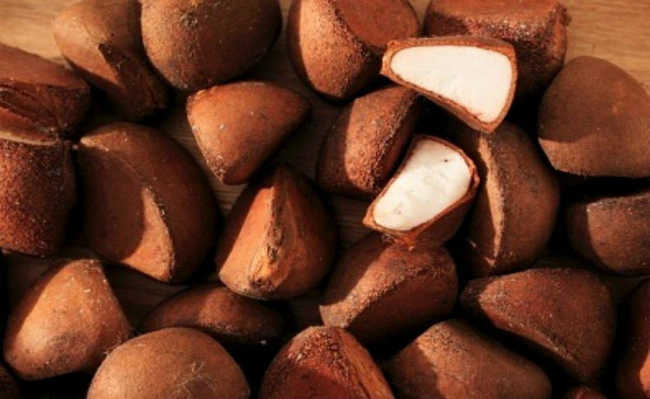Ecological straw: what is it for?
Several models of ecological straw help to avoid the impacts of the disposable plastic straw

Edited and resized image by Louis Hansel is available on Unsplash
The ecological straw is an alternative to the disposable plastic straw. It emerged as a way to maintain the use of this utensil, but generating less impact on the environment compared to plastic disposables. Metal, glass and bamboo models are some examples of ecological straw. Check out:
Why adhere to the ecological straw?
The disposable straw represents 4% of all plastic waste in the world and, as it is made of polypropylene and polystyrene (plastics), it is not biodegradable and can take up to a thousand years to decompose in the environment!
- Know the types of plastics
The production of plastic straw contributes to the consumption of oil, a non-renewable source; and its usage time is very short - about four minutes. But what is four minutes for us is equivalent to hundreds of years of pollution for the environment.
- Understand the environmental impact of plastic waste on the food chain
If you think that this is not enough and that it is not worth not using the disposable straw or sticking to the ecological straw, imagine that, if we use 6mm diameter straws as an example, the volume occupied by the total used by Brazilians in a year equivalent to a cube with a 165 meter edge (50 meters taller than the Copan building in São Paulo).
If we stack the straws consumed by Brazilians in a year on a 2.10 meter high wall, it would be possible to go around the Earth completely, in a line over 45,000 kilometers wide!
Now imagine that, even if you dispose of your straw correctly, it can escape from landfills and recycling plants through wind and rain (mainly because it is light), end up in the sea and, with much regret, in the nose of a turtle .
- Researchers remove plastic straw stuck in turtle nostrils. watch
- Whales and dolphins suffer from excess plastic waste in the ocean
- Marine pollution causes tumors in turtles
Present on beaches, the plastic straw is also a source of microplastic formation, the most harmful shape of plastic, which impacts all aquatic fauna and is already present in food, salt, organisms and even drinking water worldwide.
- There are microplastics in salt, food, air and water
- The danger of microplastics in exfoliants
- What is the origin of the plastic that pollutes the oceans?
- It's confirmed: the human intestine also has microplastic
It is estimated that 90% of marine species have ingested plastic products at some point and that all sea turtles on the planet have plastic in their bodies.
Thus, it is more than clear that adhering to the ecological straw or at least not using the disposable straw is an essential habit to avoid pollution by plastic waste.
Types of ecological straw

Edited and resized image by david lalang is available on Unsplash
metal straw
Despite being less light than the straw, bamboo and paper straw, the metal straw can be taken anywhere. It can be made of stainless steel, surgical steel and aluminum. This type of ecological straw can be purchased together and usually comes with internal cleaners and a cloth bag for transport. It is non-toxic and comes in a variety of designs and sizes, including the curved tip.
The biggest advantage of the metal straw is that it is not disposable like plastic ones. But it's also portable and, on top of that, stylish.
In this style there are also models made of glass, bamboo and the chimarrão pump itself that can act as a metal straw.
bamboo straw

Edited and resized image by Artem Beliaikin is available on Unsplash
The ecological bamboo straw is a great alternative, as it comes from a renewable source (bamboo). It is washable, natural and light.
Paper straw

Edited and resized image of Alexander Mils is available on Unsplash
A paper straw is a less harmful alternative to a plastic straw as it biodegrades more easily and possibly can be recycled. However, even though it is biodegradable and recyclable, the ecological paper straw also uses natural resources for its production. Recycling wastes energy. And, if not recycled, after use, the paper straw ends up being a source of pollution until its complete biodegradation.
straw straw
The ecological straw straw, inspired by the old models of rye, is an environmentally friendly replacement for the plastic straw. Straw straw is a healthy option for the body (especially if it is organic straw), light (easy to carry) and biodegradable.
glass straw
Okay, now you can drink your coconut water guilt-free! After all, despite not being biodegradable, the eco-friendly glass straw is recyclable, safe, portable, durable and, on top of that, elegant.
Aim correctly
Not everything in life goes as planned. Often the use of plastic straw ends up being compulsory. Sometimes, even if you tell the waiter you don't want the plastic straw, your juice ends up with one. In this case, keep your straw and dispose of it correctly, increasing the chances of it being recycled. Check which recycling stations are closest to your home on the free search engine on eCycle portal. Lighten your footprint and contribute to the circular economy of plastic.
- About Turtles, Straws and Mental Triggers
- New Plastics Economy: the initiative that rethinks the future of plastics
To find out how to reduce your plastic waste production take a look at the article: "How to reduce plastic consumption? Check out tips".
Ecological awareness goes beyond the use of an ecological straw
Ecological awareness goes beyond using a straw. The practice of conscious consumption is not limited to the use of a metal straw. Within this scope, it is necessary to rethink what you eat, how you discard your waste, wear it, pants; what you use for the hygiene of your own body, home and workplace, among others. But putting ecological awareness into practice goes beyond the question of consumption. In addition to this posture, rethink the political-economic issues that surround you and how you, individually and collectively, can act in favor of sustainable development. If you found this topic interesting, share this article!










